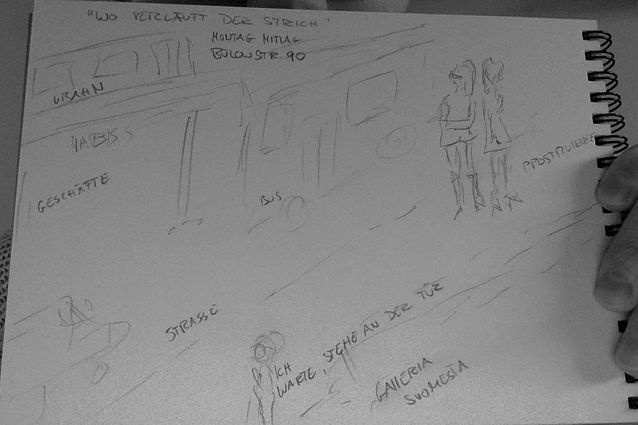Laura Hirvi
Born July 16, 1980, Mannheim, Germany
Bachelor of Arts (ethnology) 2004, Freie Universität Berlin, Germany
Master of Arts (ethnology) 2007, University of Jyväskylä
PhD (ethnology) 2013, University of Jyväskylä
Director of the Finnish Institute in Germany, 2015–
Part-time German teacher 2006–08, University of Jyväskylä and City of Jyväskylä
Project worker 2005, Theatre Info Finland
English teacher 2003-04, Carmel English School & Aukland House School, India
Project worker 2002, national poetry archive of the Finnish Literature Society
Assistant 2001–03, Gleis Lutz, Berlin
Numerous literary and general translations over a period of 10 years, including German translations of Terhi Rannela’s novel Taivaan tuuliin and Leea Klemola’s play Kokkola
Vice-chairwoman 2014, ASLA-Fulbright Alumni Association Board
Website and email administrator of ‘Sikhs in Europe’ 2012–
Book review editor 2009–11, Finnish Journal of Ethnicity and Migration
Board member (responsible for international affairs) 2009–10, Helan tutjijat ry (an association of doctoral students and research doctors at the Department of History and Ethnology, University of Jyväskylä)
Written by Laura Hirvi (Riitta-Ilona Hurmerinta ed.)
Translated by Matthew Billington


